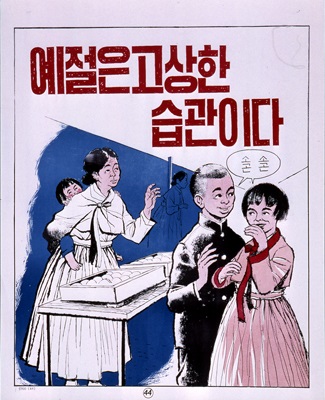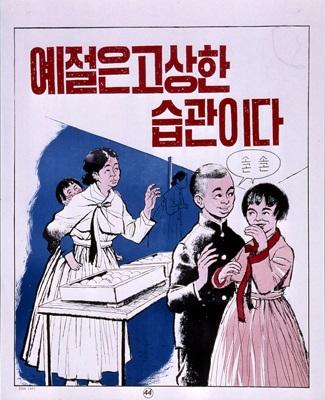- History

Small and medium-sized states located between great powers often develop impressive survival skills. At the dawn of history in the third millennium BC, the smaller city-states of Sumer no doubt had to scramble to survive the wars between such giants as Lagash and Umma or Uruk and Ur. Better-documented examples range from Corinth’s maneuvering between Athens and Sparta during the Peloponnesian War (fifth century BC) to Switzerland’s armed independence in early modern Europe to Sweden’s tilts—now toward the Axis, now towards the Allies—while maintaining neutrality during World War II. Squeezed between Germany and Russia, Poland lost its independence for over a century beginning in 1795 but maintained its national identity and reemerged as a state after World War I. Independent since 1990, Ukraine survives in spite of severe setbacks at Russian hands with very little help to date from NATO and the EU. But few states have more experience of threading the needle than Korea.
Throughout its millennia of existence, Korea has weathered invasion by such stronger powers as the Mongols, the Manchus, Japan, Russia, and the United States. But the one constant in Korean foreign relations is China, the giant to its north and west. No country has exercised more influence on Korea than China, and no country has elicited more ingenuity from Korea in its foreign policy. Korea’s relations with China could be characterized as an attempt to maintain independence while avoiding hostility. With so many powerful neighbors, it’s no wonder that Koreans describe their geopolitical situation as that of a shrimp between whales.
In theory a Chinese client state, North Korea has successfully forged its own independent nuclear power, forcing China to accept it or risk a unified Korean state, allied with the West, in the wake of North Korean collapse. Meanwhile, South Korea has become an economic giant, one of the G-20 major economies. The two Koreas face each other in a state of armed and occasionally violent hostility. While China is South Korea’s leading trade partner, the United States is its main military ally. Yet no Korean government can afford to ignore China when it comes to security issues.
That’s why South Korea is about to face a dilemma. The United States wants South Korea to agree to deploy a new anti-ballistic missile system, the so-called THAAD or Terminal High-Altitude Area Defense. The system would protect South Korea by intercepting high-altitude and long-range North Korean missiles. But China sees THAAD as a threat, even though it has no interest in a North Korean attack on the South.
China’s long-term strategy is to weaken American resolve in the Far East by the unspoken threat of Chinese missile attacks on U.S. forces in the region. China hopes to wring concessions from risk-averse Americans without having to fight a war. Successful American missile defense, however, would blunt the Chinese threat and undercut its regional strategy. As far as China is concerned, the deployment of THAAD in South Korea would have a domino effect in the region. Hence, China is determined to stop it. America is, one presumes, equally determined to use it.
What will South Korea do? The answer will tax its strategic resources but, with their long history of survival, the Koreans will surely be up to the challenge. Meanwhile the region and indeed the world will be watching.















